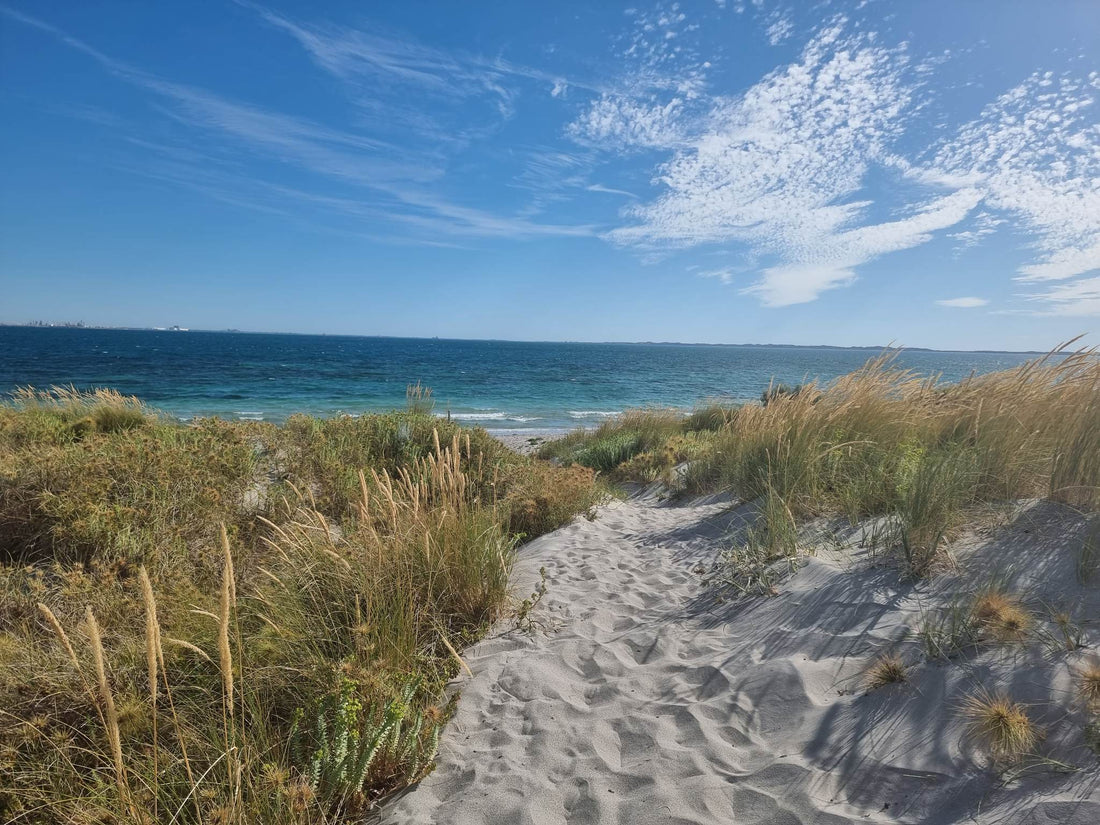
Beach Safety Guide: Enjoying the Beach Responsibly
Share
Welcome to the beautiful beaches of Australia! To ensure your safety and the safety of those around you, it's important to be aware of potential hazards and follow guidelines provided by lifesaving clubs. This beach safety guide will help you make the most of your beach day while staying safe.
1. Swim Between the Flags
One of the most important beach safety rules is to always swim between the red and yellow flags. These flags mark the safest area for swimming, monitored by trained lifesavers. Here's why:
- Lifesavers constantly monitor this area for potential hazards like rips and currents.
- If you stay between the flags, help is readily available if needed.
- Never swim outside the flags, even if you're a strong swimmer.
2. Be Aware of Rips
Rips are powerful currents that can quickly carry swimmers away from the shore. Recognizing and understanding rips is essential:
- Look for discolored, choppy water, or foam that doesn't break.
- If caught in a rip, don't panic. Raise one arm to signal for help and swim parallel to the shore to escape the rip's pull.
3. Know Your Limits
Respect your swimming abilities and stay within your limits:
- If you're not a strong swimmer, stay in shallow water and consider using flotation devices.
- Children should always be supervised in the water.
4. Sun Safety
Australia's sun can be harsh. Protect yourself and your family:
- Wear sunscreen with high SPF, sunglasses, and a wide-brimmed hat.
- Seek shade during the hottest parts of the day (usually 10 a.m. to 4 p.m.).
5. Watch Out for Marine Life
Be aware of potential marine hazards:
- Always swim with your head above water to spot jellyfish and other creatures.
- If stung by a jellyfish, seek immediate assistance.
6. Stay Hydrated
Dehydration can be a risk on hot beach days:
- Drink plenty of water to stay hydrated.
- Avoid excessive alcohol consumption, as it can increase your risk of heat-related illnesses.
7. Respect the Environment
Help preserve our beautiful beaches:
- Dispose of your rubbish in designated bins.
- Avoid damaging sand dunes and vegetation.
8. Be Informed
Check local beach conditions and any warnings:
- Lifesaving clubs provide daily updates on surf and weather conditions.
- Pay attention to signage and follow any instructions from lifesavers.
9. Learn Basic First Aid
Knowing basic first aid can be invaluable in emergencies:
- Consider taking a first aid course to learn CPR and basic life-saving skills.
10. Emergency Contacts
Always carry a mobile phone and know the emergency numbers:
- In Australia, dial 000 for emergencies.
Conclusion
By following these beach safety guidelines, you can have a fun and enjoyable beach experience while minimizing risks. Remember that the key to beach safety is vigilance, respect for the environment, and always listening to advice from the local lifesaving clubs.
Enjoy your time at the beach and stay safe!
Please note that beach safety guidelines may vary depending on the specific beach and local conditions. Always follow the advice provided by local lifesaving clubs and authorities for the most up-to-date information and safety recommendations.
